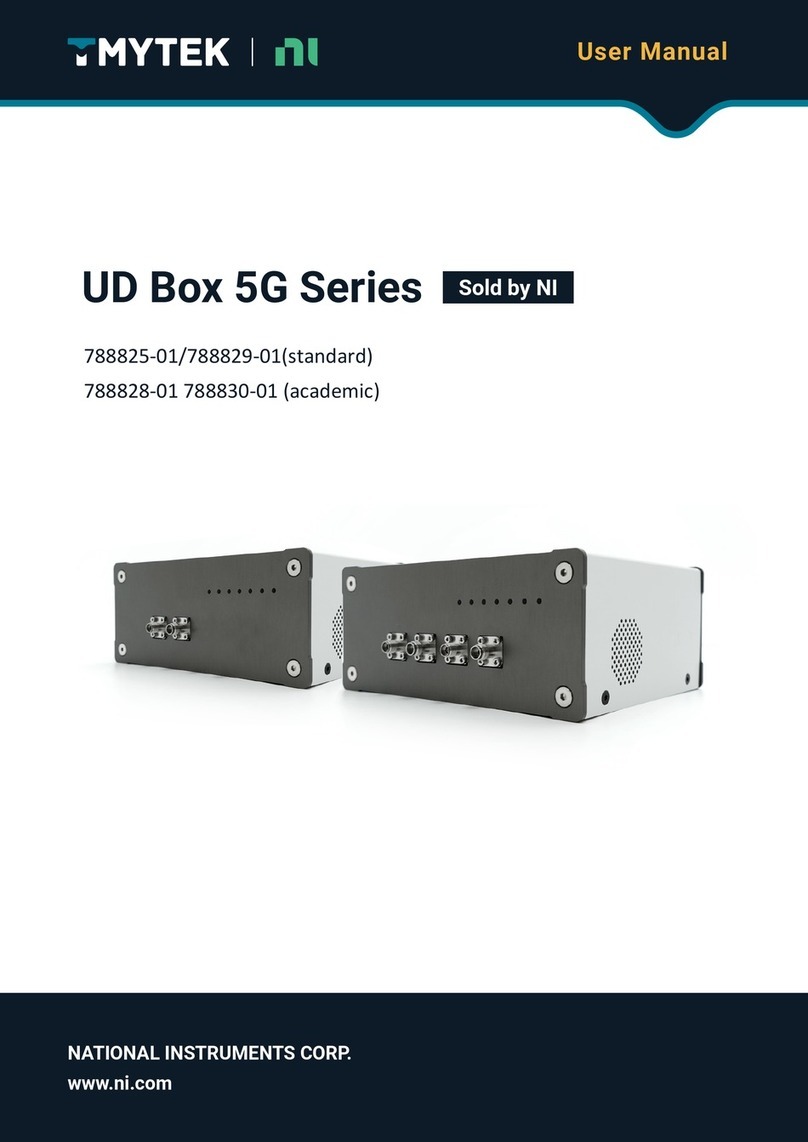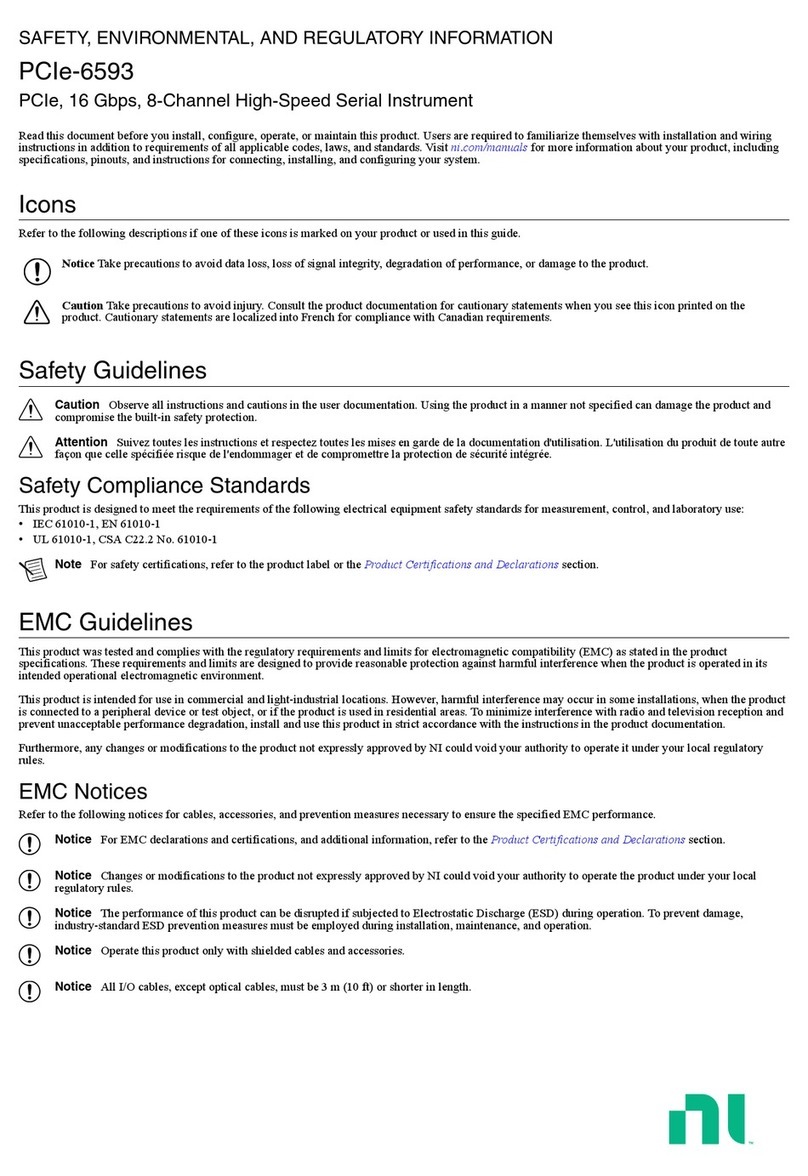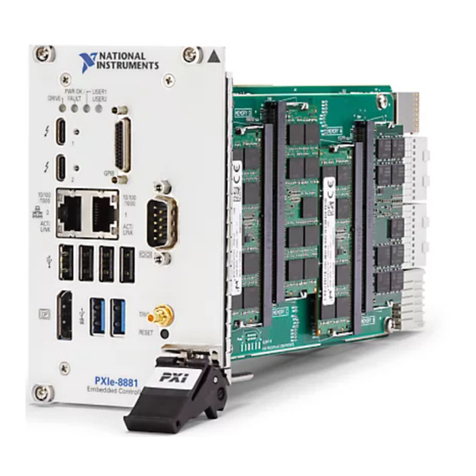
2|ni.com |NI PXIe-4302/4303 and TB-4302/4302C
Cold-Junction Compensation (TB-4302 Only)......................................................................... 15
Minimizing Thermal Gradients ................................................................................................ 15
More Information...................................................................................................................... 16
Troubleshooting ................................................................................................................16
Specifications (TB-4302/4302C).............................................................................................. 16
Calibration Interval ...................................................................................................................17
Electrical ................................................................................................................................... 17
TB-4302 ............................................................................................................................17
TB-4302C .........................................................................................................................17
Mechanical........................................................................................................................ 17
Physical .............................................................................................................................18
Environmental Specifications ........................................................................................... 18
Operating Environment.............................................................................................18
Storage Environment ........................................................................................................ 19
Shock and Vibration ......................................................................................................... 19
Safety ................................................................................................................................19
Safety Standards ...............................................................................................................19
Electromagnetic Compatibility ......................................................................................... 20
CE Compliance ................................................................................................................. 20
Online Product Certification.............................................................................................20
Environmental Management............................................................................................. 21
World Wide Support and Services............................................................................................ 21
Electromagnetic Compatibility Guidelines
This product was tested and complies with the regulatory requirements and limits for
electromagnetic compatibility (EMC) stated in the product specifications. These requirements
and limits provide reasonable protection against harmful interference when the product is
operated in the intended operational electromagnetic environment.
This product is intended for use in industrial locations. However, harmful interference may
occur in some installations, when the product is connected to a peripheral device or test object,
or if the product is used in residential or commercial areas. To minimize interference with radio
and television reception and prevent unacceptable performance degradation, install and use this
product in strict accordance with the instructions in the product documentation.
Furthermore, any modifications to the product not expressly approved by National Instruments
could void your authority to operate it under your local regulatory rules.
Caution To ensure the specified EMC performance, operate this product only with
shielded, twisted pair cables and shielded accessories.
Caution To ensure the specified EMC performance, the length of all I/O cables
must be no longer than 30 m (100 ft).
Artisan Technology Group - Quality Instrumentation ... Guaranteed | (888) 88-SOURCE | www.artisantg.com































